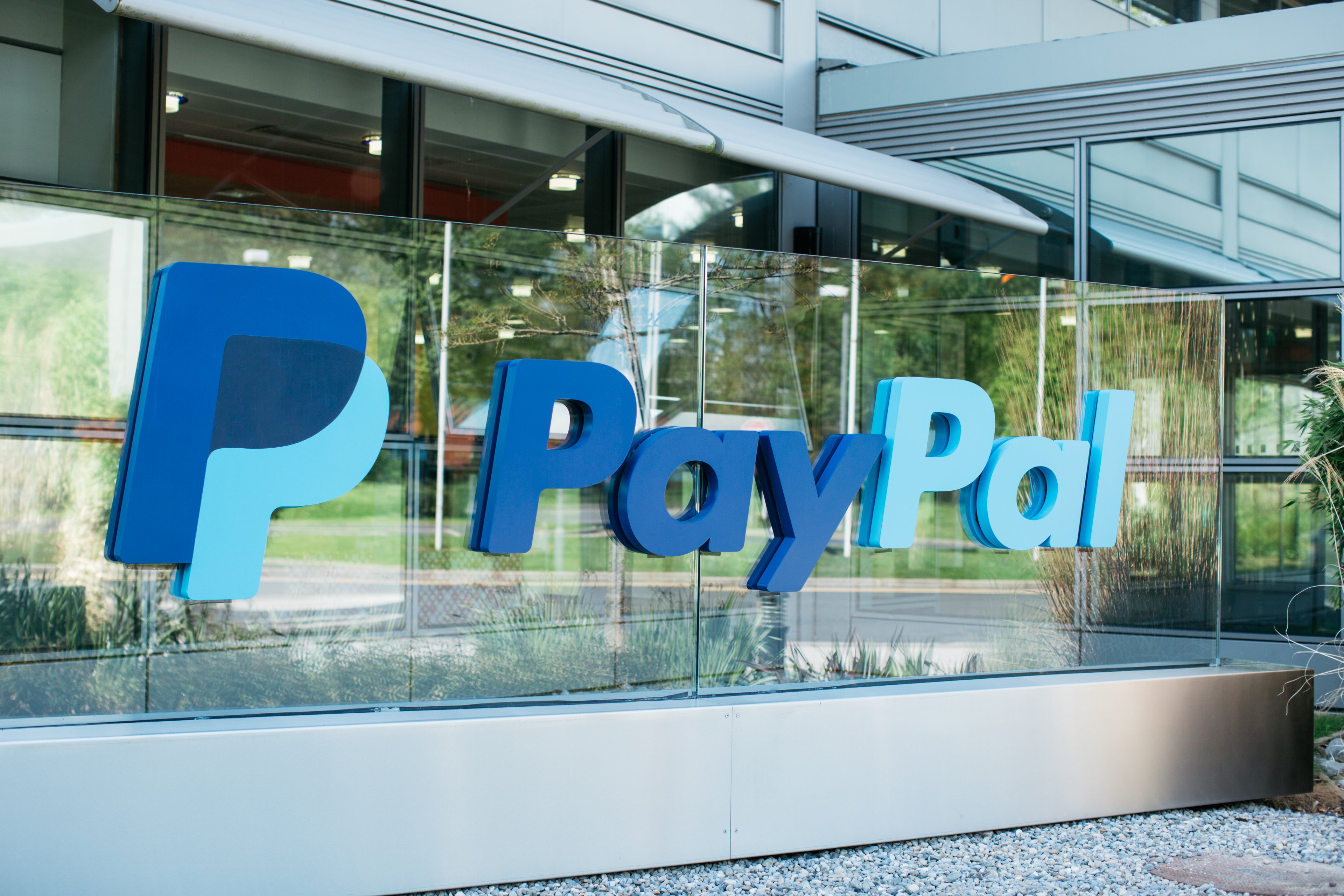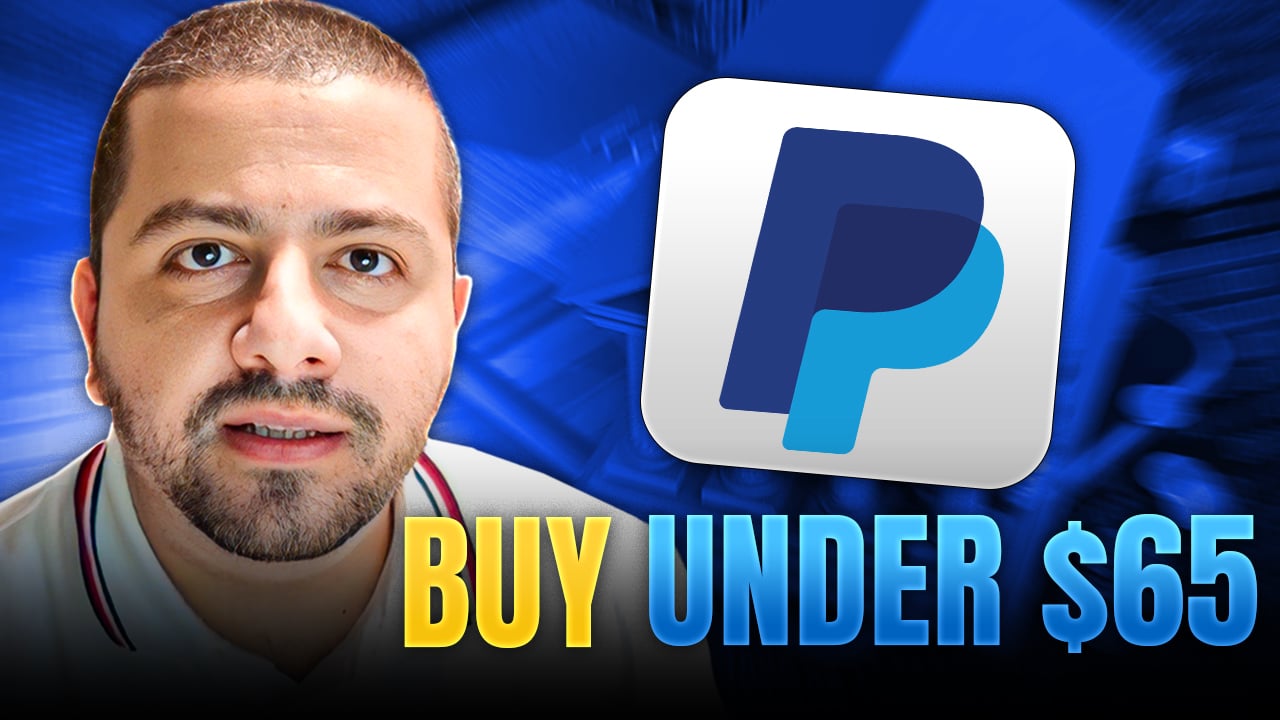Digital-payments giant PayPal (PYPL +1.36%) reported its second-quarter earnings on Wednesday, and at first glance the report looks pretty stellar. Earnings and revenue both grew by double digits and handily beat expectations, and most key metrics describing PayPal's business looked great.
However, the stock proceeded to drop by more than 5% in the hours after the report, because of a couple of troubling signs. Here's a rundown of the results, and what it was that scared investors.

PayPal's forecast seems to have disappointed investors. Image source: Getty Images.
The headline numbers
PayPal beat expectations on both the top and bottom lines. Earnings of $0.58 per share beat estimates by two cents and topped last year's second quarter by 28%, while revenue of $3.86 billion came in about $50 million ahead of expectations and represented 23% year-over-year growth.
This isn't a big surprise. PayPal has beaten earnings expectations in every single quarter since it was spun off from eBay (EBAY 0.78%) in 2015.
A solid quarter all around
During the quarter, PayPal added 7.7 million new active accounts, representing 18% year-over-year growth. Payment volume growth was even more impressive, soaring by 29% to $139 billion. That's because PayPal customers are using the company's platform more often. The average active account now makes 35.7 transactions on an annualized basis, up from 34.7 in the first quarter and sharply up from 32.8 a year ago.
Furthermore, the company's peer-to-peer payments platform, Venmo, grew its payment volume at a staggering 78% pace, and P2P payments now make up almost one-fourth of PayPal's total. Venmo continues to be a major driver of PayPal's growth, and it doesn't appear to be running out of steam.
Plus, PayPal was highly active in the acquisitions department, including its $2.2 billion announced acquisition of iZettle, which the company is particularly excited about. Expected to close during the third quarter, the iZettle acquisition is expected to help PayPal grow its in-store payments presence.
So why did the stock drop?
Based on all the positive news, you'd think the stock soared after the earnings announcement. Instead, it fell by more than 5%.
The most significant weak point in PayPal's earnings report was its forecast for the third quarter. Specifically, analysts had been looking for a revenue projection of $3.71 billion, but the company is projecting a range of $3.62 billion to $3.67 billion.
Another possible negative item is the company's announced $10 billion buyback authorization, double the size of the previous repurchase program, which still has $2.7 billion available. While buybacks are often good news to shareholders, in PayPal's case they may have been hoping that the company planned to reinvest all of its profits. In other words, the buyback may be taken as an indication that the company can't find enough ways to use its profits to continue its growth trajectory.
A bad quarter or investor overreaction?
In the company's conference call, COO Bill Ready said investors were misunderstanding the outlook and that this should have been taken as good news. "This is a beat-and-raise quarter," he said.
I'm inclined to believe that PayPal was somewhat priced for perfection heading into this quarter's report, and when the earnings report wasn't perfect, some investors decided to take their profits. It's understandable, with the stock up more than 50% over the past year. In full disclosure, I sold my PayPal shares a few months ago because I thought the stock was starting to look overvalued.
In a nutshell, PayPal's quarter was certainly strong, but a few signs of slowing growth could be causing investors to rethink the stock's sky-high valuation.






